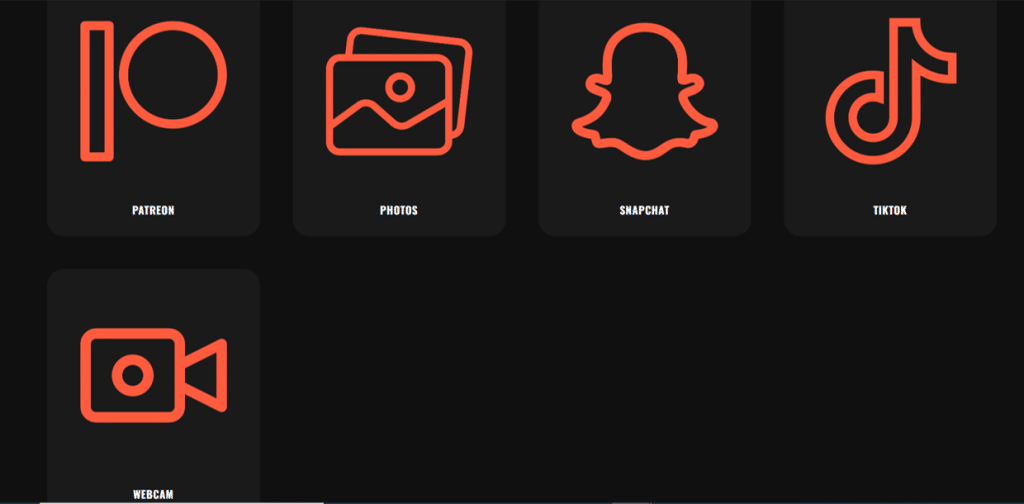The internet is an incredible tool – a boundless library, a global meeting place, and an engine of innovation. Yet, for all its benefits, many of us have experienced moments of sudden, visceral discomfort while scrolling, clicking, or browsing. This phenomenon, often colloquially called “internet chocks” or “internet shocks,” refers to the jarring feeling of encountering profoundly disturbing, unexpected, overwhelming, or morally conflicting content online. It’s a digital-age whiplash that leaves us reeling.
What Does an “Internet Chock” Feel Like?
Imagine:
- The Sudden Gore: Accidentally clicking a link or seeing an auto-play video depicting extreme violence or a horrific accident.
- The Moral Abyss: Stumbling upon hate speech, extreme bigotry, or graphic cruelty that feels like a punch to the gut.
- The Overload Avalanche: Being bombarded by a relentless stream of bad news, disaster reports, or existential crises (climate change, war) in rapid succession.
- The Deepfake Dread: Seeing a convincingly manipulated video of a trusted figure saying something abhorrent, creating instant confusion and unease.
- The Personal Violation: Discovering private information leaked, or being targeted by severe cyberbullying or harassment.
- The Algorithmic Whiplash: Going from cute cat videos to a graphic war documentary trailer with zero transition, thanks to an opaque algorithm.
The physical and emotional responses can be immediate: a gasp, a tightening in the chest, a wave of nausea, a spike of anxiety, a feeling of cold dread, or simply an overwhelming urge to close the browser and walk away. It’s a disruption of your digital equilibrium.
Why Do “Internet Chocks” Happen?
Several factors converge to create this phenomenon:
- The Volume and Velocity: The sheer amount of information uploaded every second makes it impossible to filter everything. Shocking content exists alongside the mundane.
- Algorithmic Amplification: Engagement-driven algorithms can inadvertently (or sometimes deliberately) push extreme or emotionally charged content because it grabs attention, regardless of its negativity.
- The Lack of Context Curation: Unlike traditional media with editors and standards, much user-generated content appears raw and unfiltered, without warnings or context buffers.
- The Dehumanizing Effect of Distance: The screen creates a buffer that can sometimes make posting or encountering extreme content feel less “real,” lowering inhibitions for some posters.
- Information Overload: Our brains aren’t evolutionarily equipped to process the global scale of tragedy and conflict delivered instantaneously 24/7. This constant exposure can lead to a baseline of anxiety, making singular shocks feel even more potent.
- The “Always On” Culture: Constant connectivity means we’re rarely truly offline, increasing the opportunities for encountering shocks.
The Impact: Beyond the Moment
While a single “chock” might be fleeting, repeated exposure or particularly severe incidents can have lasting effects:
- Increased Anxiety and Stress: Constant vigilance or dread about what might appear next.
- Desensitization: Over time, repeated exposure to shocking content can numb emotional responses, which is problematic in itself.
- Cynicism and Mistrust: Eroding faith in online information and human decency.
- Sleep Disturbances: Especially if encountered before bed.
- Avoidance Behaviors: Withdrawing from certain platforms or online interactions altogether.
- Digital Burnout: Contributing to a feeling of exhaustion and overwhelm with the online world.
Managing the Chocks: Building Digital Resilience
While we can’t eliminate the potential for shocks entirely, we can build strategies to mitigate their impact and protect our well-being:
- Curate Your Feeds Aggressively: Unfollow, mute, block, and use platform tools liberally. Prioritize accounts and sources that bring value, not distress.
- Master Mute Keywords/Topics: Most social platforms allow you to mute specific words, phrases, or topics. Use this for known triggers.
- Disable Autoplay: Prevent videos (especially from unknown sources) from starting without your consent.
- Be Link-Cautious: Hover over links to see the URL destination. Be wary of links in unsolicited messages or from unfamiliar accounts.
- Control Notifications: Limit push notifications to only essential apps. Constant pings keep you in a state of hyper-alertness.
- Practice Digital Hygiene: Schedule regular “doomscroll” checks. Set time limits for social media and news apps.
- Seek Context (Carefully): If something shocks you but seems important, take a breath and look for credible sources after you’ve regulated your initial reaction. Don’t dive deeper while in shock.
- Prioritize Reputable Sources: Get your news from established, journalistic outlets with editorial standards, not solely from algorithmically driven feeds.
- Log Off and Ground Yourself: When a shock hits, close the browser/tab/app. Take deep breaths. Engage with the physical world – look out a window, touch something solid, make a cup of tea.
- Talk About It: Share your experience with trusted friends or family. You’re likely not alone in feeling this way. If online shocks are significantly impacting your mental health, consider talking to a therapist.
Conclusion
“Internet chocks” are an unfortunate byproduct of our hyper-connected, algorithm-driven, and often unfiltered digital landscape. Recognizing the phenomenon is the first step. By understanding its causes and actively implementing strategies to curate our online experience and build resilience, we can navigate the web more mindfully. The goal isn’t to hide from the world’s realities, but to engage with them in a way that doesn’t constantly leave us feeling digitally sucker-punched. We must strive for an internet that informs and connects without constantly overwhelming and shocking.

